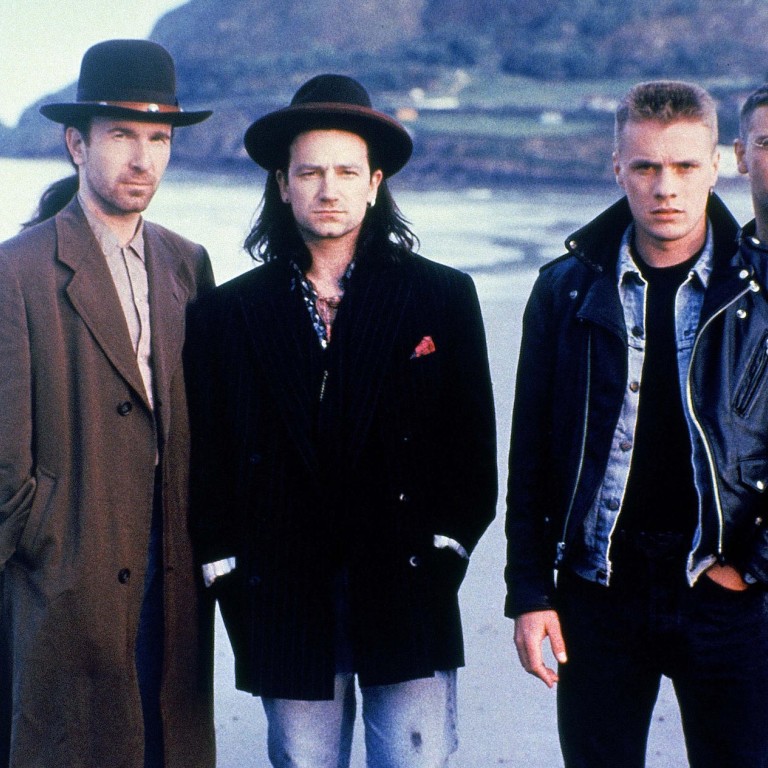
U2's Unforgettable Fire album shows a band finding their mature voice
, U2's fourth studio album, was recorded in a castle, the magnificent Slane, since used as a concert venue by just about every Western pop and rock megastar alive.
The Unforgettable Fire
U2
Island

However, it's the castle on the album cover, Moydrum, a stately ruin, that gives a better clue as to what's inside: on this album U2 tear down the walls of their previous hard-rock sound with a radical move into ambient, atmospheric territory, the band's biggest change of direction until they grew giant inverted commas around themselves for 1991's .
The album was a dramatic shift in both music and lyrics from its harder-rocking, anthem-heavy predecessor, , the band's most political album, featuring the uber-frowny singles and . Bono's more personal, impressionistic lyrics on came with a more experimental sound, that saw thunderous drums replaced by a subtler shuffle, guitars used to build shifting sonic textures rather than bang-out effects-heavy riffs, and a far looser attitude to structures and arrangements.
The main reason for this was the band's decision to employ the legendary Brian Eno and engineer Daniel Lanois as the album's producers. It was a risky move for a band that had just achieved their first commercial success to work with such an avant-garde figure, and their record company tried to talk them out of it. But Eno awakened U2's experimental side.
While the album aimed to undercut their reputation for firm-jawed, preachy sincerity, that's not to say isn't a serious effort. U2 hadn't quite discovered their 1990s ironic mode yet, and named the album and one of its songs after an artwork about the atomic bombing of Hiroshima. They also included two songs dealing with Martin Luther King. One of them is , by far the album's most commercial and best-known track.
The band's new direction is clear, though, from the album's first song, , with reverb-laden guitars notably low in the mix, rousing and joyous but with a doomy, Joy Division-like bassline. There's likewise a post-punk feel to the appropriately named , with its dense production and angular, twangy guitar licks; and to , with its urgent, frantic, stripped-back New Wave gloom.
Even the title track comes with a free-flowing, atmospheric feel, its choruses just seeming to float in occasionally. Most movingly, there's live favourite , a suitably sombre, plangent take on the ravages wrought by heroin addiction. It's impressionistic, beautiful, and handled with a pleasing lightness of touch - the sound of a band reaching maturity and realising what they're capable of.

